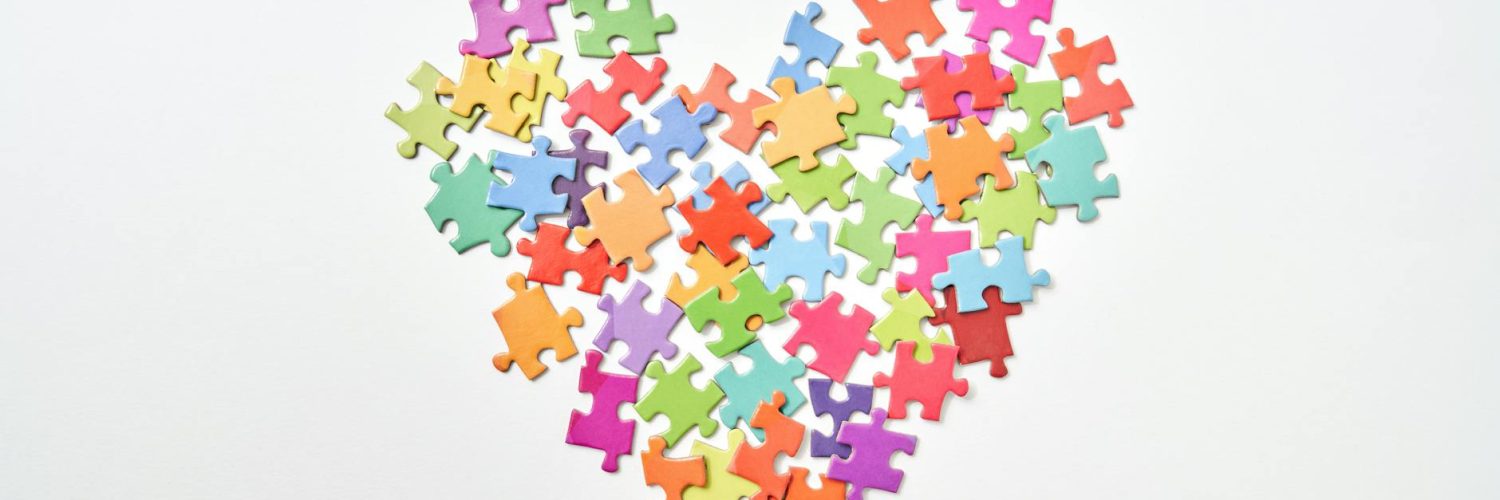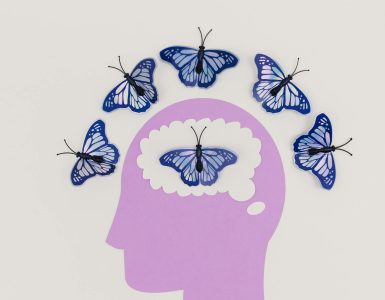Ever wondered why you do the things you do? Why you feel the way you feel? We’re all walking, talking mysteries, even to ourselves. Psychology offers a fascinating peek behind the curtain, revealing the hidden patterns that drive our thoughts, feelings, and actions. Forget stuffy textbooks – let’s dive into the weird and wonderful world of human behavior with some real-world examples and surprisingly simple experiments.
The Power of Priming: Your Brain’s Secret Suggestions
Imagine this: you’re walking down the street, and suddenly you see a poster showcasing a luxury car. Later that day, you’re surprisingly more generous in tipping a waiter. Sounds strange, right? This is the power of priming. Exposure to one stimulus (the luxury car) unconsciously influences your subsequent behavior (being more generous). It’s like your brain is subtly being “set up” for a specific response.
Studies have shown that even seemingly unrelated stimuli can have an effect. For example, studies have shown that exposure to words related to politeness can make people more likely to help others. Similarly, exposure to words associated with rudeness can make people act more selfishly. It’s a sneaky, subtle influence, but powerful nonetheless. Try this yourself: play some upbeat music before tackling a task, and see how it affects your energy levels. It’s a mini priming experiment in your own life.
The Bystander Effect: Why We Fail to Help
The tragic case of Kitty Genovese, where multiple witnesses failed to intervene during a brutal assault, brought the bystander effect to light. This phenomenon shows that the more people present in an emergency, the less likely any single person is to help. Why? Diffusion of responsibility is the main culprit. Each person thinks someone else will take action, thus diluting individual responsibility.
This isn’t about apathy; it’s about a complex interplay of social dynamics. Classic experiments, such as those by Darley and Latané, have demonstrated this effect in controlled settings. They simulated emergencies and found that the presence of others significantly reduced the likelihood of intervention. The takeaway? If you see someone needing help, don’t assume someone else will step up – be the person you wish to see in the world. Quel est l'impact du langage corporel sur la communication ?
Cognitive Dissonance: When Your Beliefs Clash
Ever bought something you later regretted? Or held a belief that contradicted your actions? That uncomfortable tension is cognitive dissonance – the mental discomfort experienced when holding two or more conflicting beliefs, ideas, or values. To reduce this discomfort, we often change our beliefs to match our actions (or vice-versa).
Think about someone who smokes despite knowing the health risks. They may downplay the risks, emphasize the positive aspects of smoking (stress relief), or even engage in denial. This is dissonance reduction in action. They’re adjusting their belief system to minimize the conflict between their behavior (smoking) and knowledge of the health risks. It’s a powerful motivator for self-deception.
The Halo Effect: One Good Thing, Many Good Things?
We often let one positive trait overshadow our overall judgment of a person. This is the halo effect. If someone is attractive, we might automatically assume they’re also intelligent, kind, and trustworthy. This shortcut in judgment can lead to unfair bias.
Consider celebrity endorsements. We might be more likely to buy a product simply because a famous and attractive person recommends it. We’re projecting the positive qualities associated with the celebrity onto the product itself, overlooking any concrete evidence of its value. The halo effect illustrates how first impressions can have a disproportionate impact on our overall perception.
The Framing Effect: A Matter of Perspective
How we present information significantly impacts how it’s received. This is the framing effect. Saying a treatment has a 90% success rate sounds much more appealing than saying it has a 10% failure rate, even though they convey the same information.
Marketing relies heavily on this. A “limited-time offer” creates a sense of scarcity, prompting us to act quickly. Highlighting the potential gains rather than the potential losses (loss aversion) is a classic framing technique. Become aware of this effect to make more informed decisions, less swayed by superficial presentation.
Conclusion: The Ongoing Exploration
Understanding these patterns isn’t about labeling people or making excuses for poor behavior. Instead, it’s about self-awareness and empathy. By understanding the subtle forces that shape our thoughts and actions, we can make more conscious choices, build stronger relationships, and navigate the complexities of human interaction with greater insight. The journey of understanding human behavior is a lifelong adventure, and each new discovery unlocks more amazing facets of this most fascinating subject.

























Ajouter un commentaire